Ten ways you can Act! for Clean Water
Celebrate four decades of the Clean Water Act with this list of ten things you can do to keep our water clean.

This month, the Clean Water Act celebrates four decades of safeguarding our waters. The landmark legislation has worked to keep streams, rivers, lakes and the Chesapeake Bay fishable, swimmable and drinkable.
Passed on October 18, 1972, the Clean Water Act set a new national goal “to restore and maintain the…integrity of the Nation’s waters.” A revision of the 1948 Federal Water Pollution Act, the Clean Water Act helps states establish water quality standards and gauge restoration success. It regulates the discharge of wastewater into rivers and streams and of dredged material into wetlands. And it helps states implement conservation practices to cut back on pollution from non-point sources like urban, suburban and agricultural runoff.
But what can YOU do to keep our water clean? Use this list as a guide, and take a look at our How To’s and Tips for more ideas.
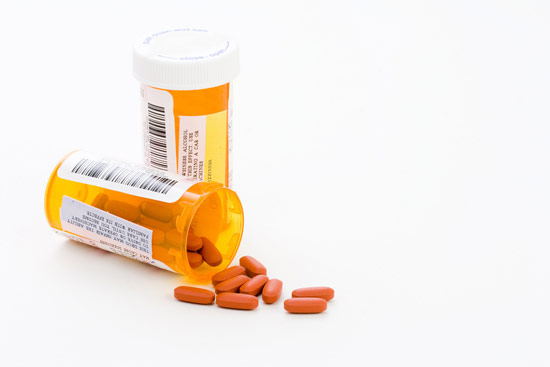
10. Dispose of unused medicines properly. To keep medicines out of our waterways, don’t pour unused or expired drugs down the sink or flush them down the toilet. While some medications can be thrown out with household trash, consumers should take precautions when doing so. The U.S. Food and Drug Administration (FDA) recommends removing the medication from its original container and mixing it with coffee grounds or cat litter to make it less appealing to children or pets. Place the fouled medication in a sealable bag to prevent it from leaking or breaking out of a garbage bag. Or return unwanted medication to a consumer drug return location or community drug “take-back” program.
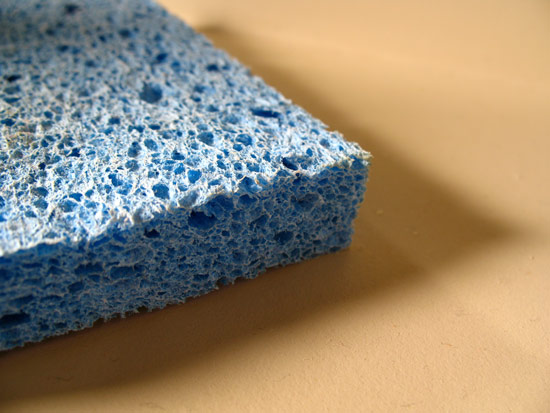
9. Use non-toxic household cleaners. Substitute common household cleaners with safer alternatives. Warm water and baking soda can clean and deodorize kitchen and bathroom surfaces. Olive oil and lemon juice can polish furniture. And vinegar can soften hard water deposits.
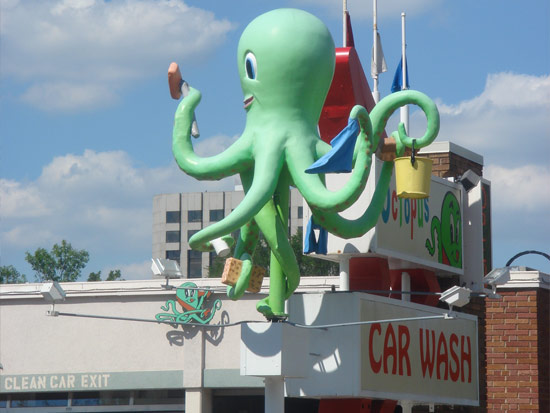
8. Take proper care of your car. Wash your car on grass or gravel rather than pavement so that wash-water loaded with soap and exhaust residues doesn’t run off of your property and into storm drains. Or, clean your car at a commercial carwash, where rinse-water is often recycled and reused and wash-water is often treated before it is released into the sewer system.
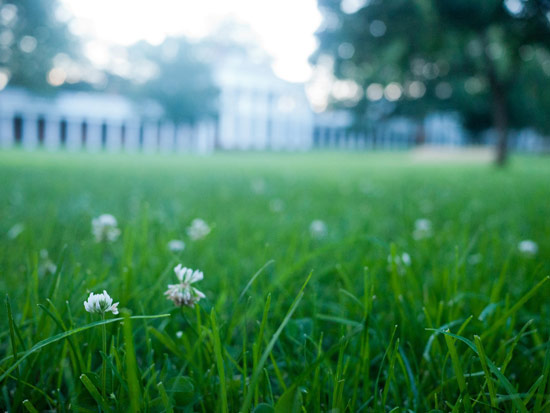
7. Take proper care of your lawn. Test your soil with an at-home kit or a mail-in test to determine how much fertilizer your lawn needs. If you decide to fertilize, do so in the fall; spring rains can wash fertilizer off of lawns and into storm drains. Avoid over-application and keep fertilizer off of sidewalks, driveways and other hard surfaces, where it can be washed into local waterways.
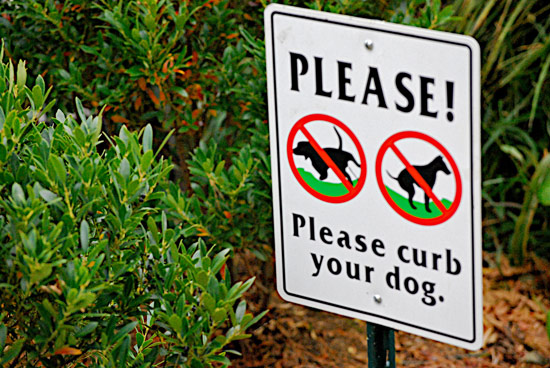
6. Pick up after your pet. Pet waste contains nutrients, bacteria, viruses and parasites that can wash into local waterways if left on the ground. Nutrients can promote the growth of algae blooms, which contribute to dead zones in the Bay. Bacteria, viruses and parasites can threaten the health of humans and wildlife alike. Use a plastic bag to pick up dog waste; tie the bag closed and place it in the trash. Double-bag cat litter and place it in the garbage.
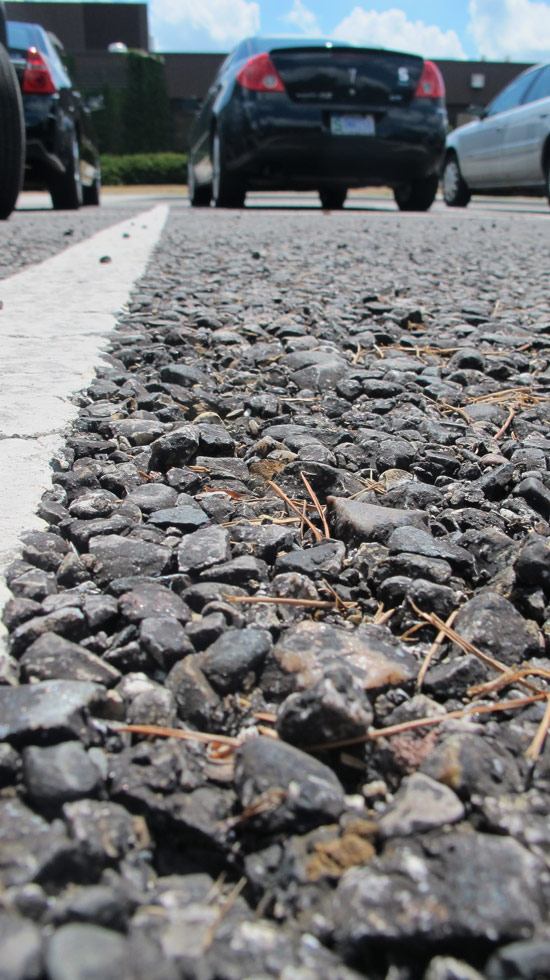
5. Replace asphalt or concrete with pervious pavement. Porous materials like brick or stone pavers, pervious concrete or gravel allow water to drain through hard surfaces. A porous sidewalk or driveway, therefore, allows the ground to absorb stormwater runoff, reducing pollution into local waterways. Pervious pavement can also cool its surface better than its impervious counterpart, reducing on-site temperature and improving local air quality.
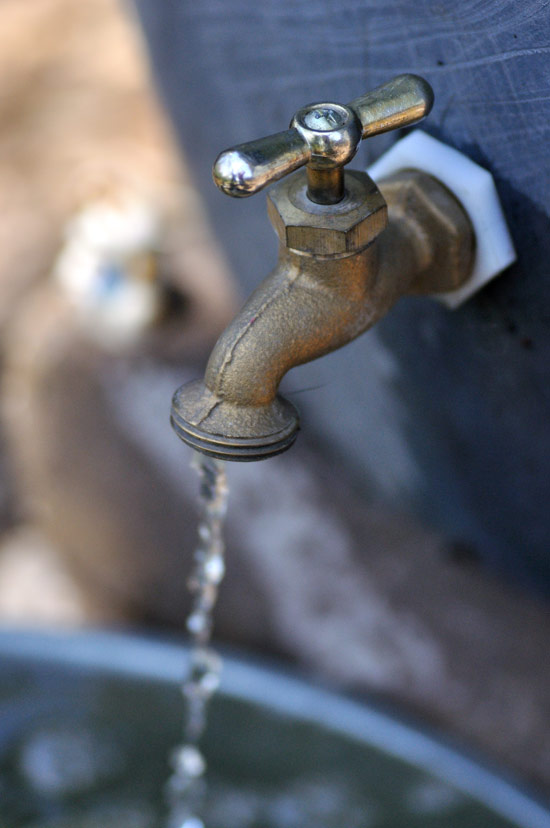
4. Collect rainwater with a rain barrel. A one-inch rainstorm on a 1,000 square-foot roof can result in 600 gallons of usable water. Install a rain barrel underneath your home’s downspout to capture it! A single rain barrel can collect up to 80 gallons of water, which can be reused to water your lawn and garden. Excess water can be stored in an additional barrel or diverted into a patch of plants that will soak it up before it can run off of your lawn.
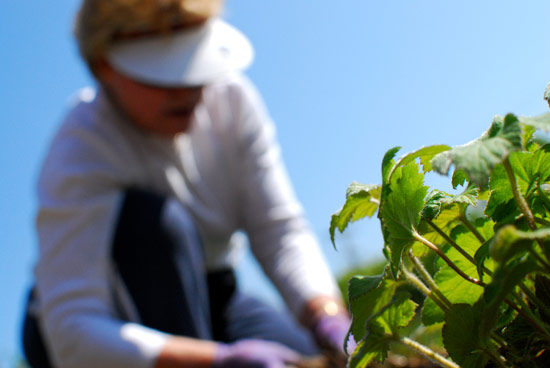
3. Install a rain garden in your backyard. Designed to capture stormwater and allow it to soak into the ground, rain gardens are often filled with native plants able to withstand short bouts of flooding. But these bioretention cells do more than clean and curb stormwater. Rain gardens also provide insects and animals with valuable habitat and add aesthetic appeal to your yard.
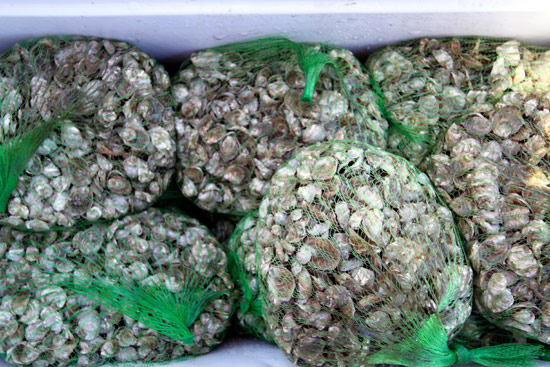
2. Grow oysters. Popular on dinner plates across the watershed, the eastern oyster is critical to clean water. A natural filter feeder, the oyster is capable of cleaning up to 50 gallons of water in one day. While historic populations could filter the entire Bay in one week, habitat loss, disease and historic over-harvesting have contributed to a dramatic decline in native oyster numbers. Now, a host of organizations—including, for instance, the Maryland Department of Natural Resources (DNR)—have started at-home aquaculture programs for citizens with waterfront access. Participants raise oysters in floating cages and return the adults to be planted on a reef elsewhere in the Bay, where they will continue to grow, filter water and reproduce.
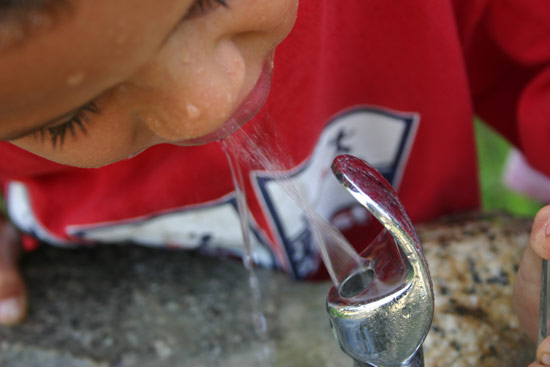
1. Teach a child about the Clean Water Act. From science to civics, the Clean Water Act has a lot to teach a child. Teachers and parents alike can use online resources to explore the law, like a selection of water “sourcebooks” that cover drinking water, wastewater and wetlands or a lesson plan that links law-making to the outside world. Learn more about just how and why teachers should educate students about the Clean Water Act on Bay Backpack.

Comments
Thanks for sharing, Ken! You can contact Kent County Housing, Planning and Zoning as well as the Maryland Department of Environment Cambridge office. https://www.kentcounty.com/planning https://mde.maryland.gov/pages/mdelocations.aspx
A developer wants to log a very small section that has 3 streams running into black creek that go to the chickahomany river, I live in new Kent county and have notified the county e p a and they have said they will wait and see what happens. I am certain that this falls between the bookends of persevering the clean water act. What can I do? 804 517 0289
Thank you!
Your comment has been received. Before it can be published, the comment will be reviewed by our team to ensure it adheres with our rules of engagement.
Back to recent stories